Recent Updates
07/02/2025 12:00 AM
Sharp new logo for Bentley ahead of concept car unveiling on 8 July
07/02/2025 12:00 AM
Volkswagen adds electric variants of Transporter Shuttle and Kombi
07/02/2025 12:00 AM
New Lancia Delta HF Integrale confirmed for 2026
07/02/2025 12:00 AM
Ferrari reintroduces physical buttons in interior rethink
07/02/2025 12:00 AM
Ferrari Amalfi: New name and power boost for redesigned Roma
07/02/2025 12:00 AM
626bhp Range Rover Sport SV permanently added to line-up
07/01/2025 12:00 PM
How to make the UK appealing to car manufacturers again
07/01/2025 12:00 PM
Skoda Epiq breaks cover as testing of £25k EV ramps up
07/01/2025 12:00 PM
From Renault 5 to Panda: How François Leboine saved small cars
07/01/2025 12:00 PM
Audi F1 team opens new base at Bicester Motion
EV, Hybrid, Hydrogen, Solar & more 21st century mobility!
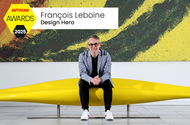 François Leboine has more than made his mark on contemporary motoring. We find out what inspires him
François Leboine has more than made his mark on contemporary motoring. We find out what inspires him
It’s vanishingly rare that a new car is so well-received it actually shifts perceptions of the company that created it, even before anyone has sat behind the wheel.
That’s the sort of instant impact of which car designers dream but precious few will ever achieve. Yet two of François Leboine’s recent creations have done just that, for two different firms. Which is why he’s a worthy winner of our Design Hero award.
In his current role as Fiat’s design chief, the Frenchman led the creation of the new Grande Panda hybrid, which combined knowing nods to the 1980s Panda with a fresh design infused with intricate details.
It created new possibilities for a firm overdependent on the Fiat 500, while proving affordable cars could still be stunningly stylish. “I knew we had to make a new icon,†says Leboine.
“Fiat is a great brand, but when I arrived four years ago, too much depended on the 500; that was clear for everyone, but it’s not easy to tackle. There was a question about whether all the projects should be related to the 500 [in terms of design], because that was our hero car. My answer was that we needed to create a second hero. Of course, that’s not easy to do.â€
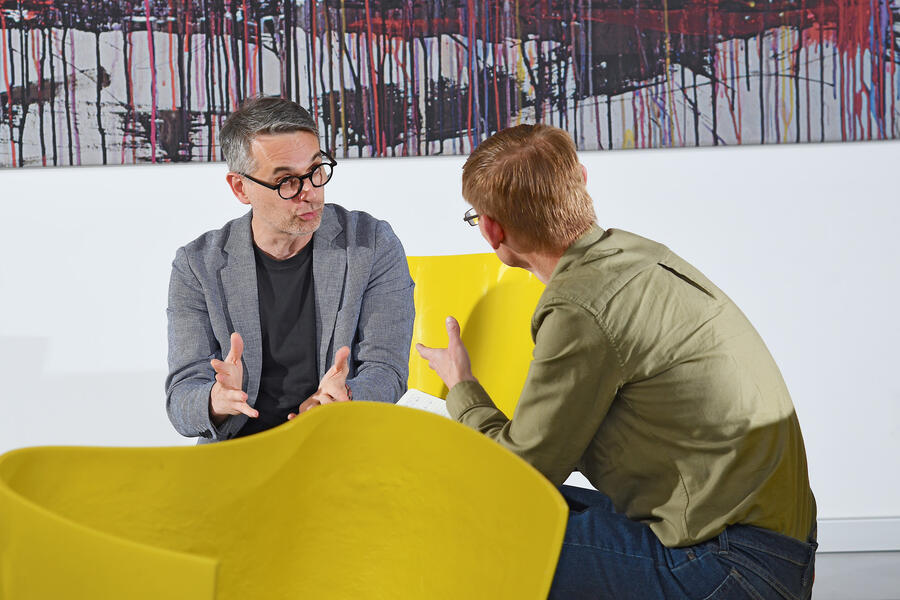
We will return to the Grande Panda, but Leboine’s story predates his arrival at Fiat’s Centro Stile in Turin. The bulk of his automotive career so far has been spent at Renault.
As the French firm’s concept car design boss, he was tasked with creating a fresh version of a classic model. But after two years of work, the project stalled in 2020 because “nobody was interestedâ€.
Until, that is, new Renault Group CEO Luca de Meo walked into the design studio on his first day on the job, looked at Leboine’s vision of an electric Renault 5 and said ‘let’s make that’.
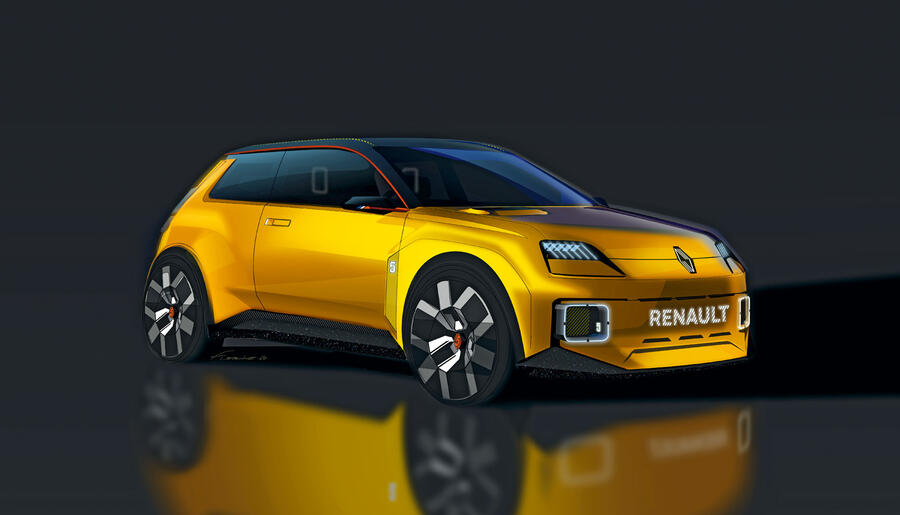
“That was a great moment,†reflects Leboine. “That is the power of the CEO, to take a project like that further. I spent six months with Luca on that project, and he was really close and involved.â€
It was Leboine’s concept that de Meo unveiled when he launched his transformation plan for Renault in 2021, and although Leboine left for Fiat before the production version was finished, it retains all of his design cues.
He admits it’s strange seeing the car he helped design now on the road, particularly so close in timing to the Grande Panda. “Usually you’re in the company so you see it coming,†he says of the 5.
“But here there was a shift of time, and it’s coming from somewhere else. “But I always saw it with the eyes of the Grande Panda arriving, because I knew what we had to beat. It was good to know we could compete – not choosing the same weapon, but with a different object. The most important thing when I arrived here at Fiat was to bring something affordable, that is smart in the way we built it and which was even more accessible, which is difficult for an electric car.â€
What unites the 5 and the Grande Panda beyond their shared retro-modern aesthetic and relatively small size is how friendly and upbeat they are. “That’s very important for me,†says Leboine, “to bring an image of a positive future, and to bring this future with a smile.â€
While the Grande Panda is clearly inspired by the original 1980 Panda, it isn’t a new version of the city car (Leboine’s team is working on that) but a larger model intended to help Fiat launch a second line of Panda-inspired cars alongside those based on the 500.
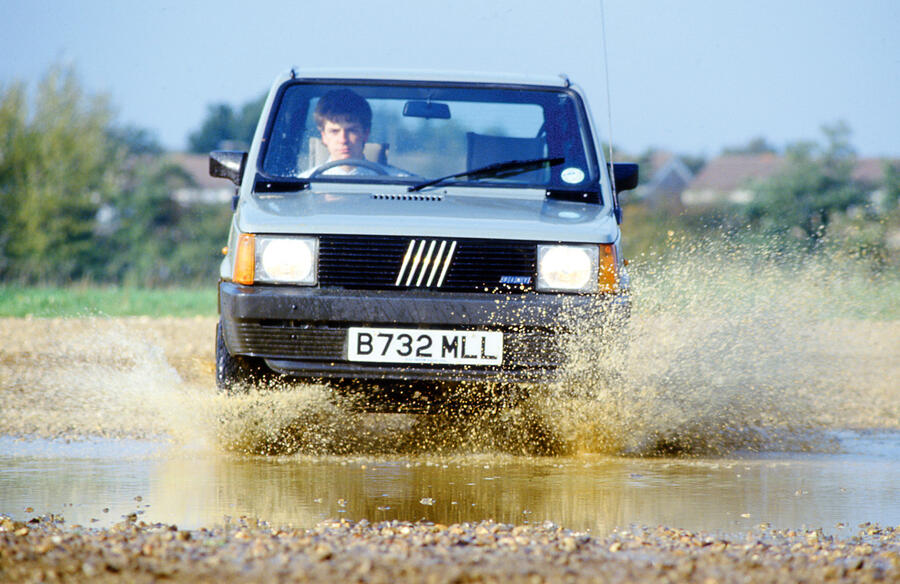
“We had to work out how to make this car become another icon,†he continues. “The best way was to use our story and make something that has a past but is projecting ourselves towards the future.â€Â
The Grande Panda sits on Stellantis’s cost-controlled Smart Car platform (also used by the likes of the Citroën C3 and Vauxhall Grandland), which gave Leboine a strong starting point. He explains: “We had to place this product in a new area of the market to be complementary to the [existing] Panda, but also so it could work as a potential global vehicle.â€
Leboine insists the connection between the original Panda and the new model isn’t really in its styling but in “designing something practicalâ€, adding: “It had to be the Fiat side, the Italian side, so not too pragmatic. If it was too pragmatic and functional it would almost become German, which is cool in itself, but we have to be Italian.
It has to be functional, but with a layer on it that makes you smile.†Perhaps the neatest design detail on the Grande Panda is the stamped bodywork, with ‘Fiat’ pressed into the bootlid and ‘Panda’ spelled out down the sides.
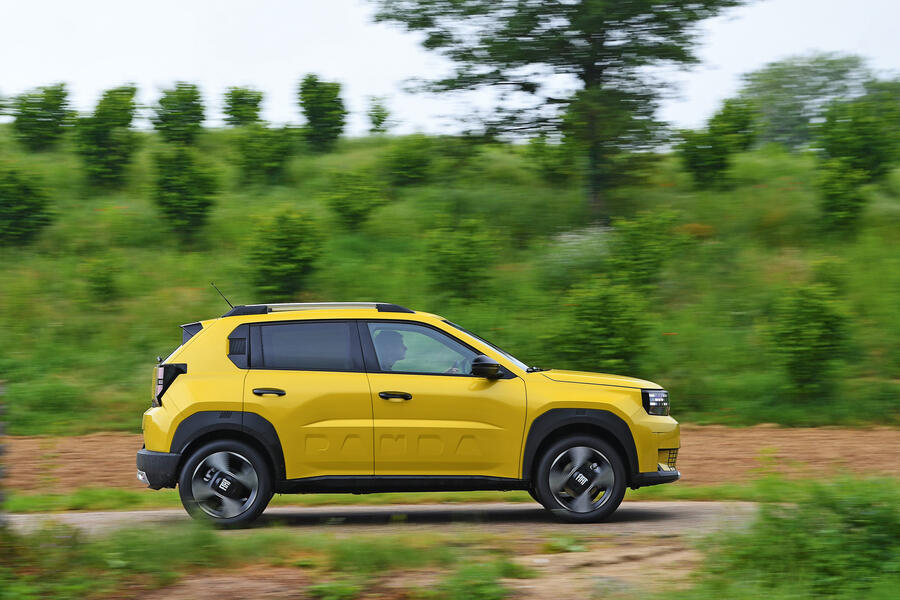
That is some achievement for a budget car, and Leboine admits “it was a big fightâ€, although he notes that “everything†was a fight: “We had to push for the lowest cost possible, but we had to defend what we thought was necessary to make this a Grande Panda.â€
Given that it has no function beyond style, the stamped bodywork was, admits Leboine, “hard to justifyâ€, but he says “it was so much part of the original car’s philosophy we felt it made the personality of the vehicleâ€.
But even with management approval, the factory was initially unable to do the process to the right level of quality. The solution is hidden in plain sight: the design for the Panda lettering was chosen because it could be stamped into the car at the required quality, and it was then turned into the font used for the logo.
“The stamped font is a real industrial design story, which is so Panda in its approach,†says Leboine. “The duty of Fiat is to bring a solution that everybody can afford. That’s why, as an industrial designer, I wanted to come here. It fits my way of seeing things.â€
Leboine didn’t start out as an industrial designer. Growing up in Normandy, he first studied fine art and then applied design, before specialising in industrial design at university. That led him to Paris-based design agency MDB, where he spent three years working on projects including Korean TGV trains and trams.
“Everything was about trams,†he smiles. “At that time, every city in Europe wanted a tram.†But with his passion for car design still “frustratedâ€, Leboine left to study at the Royal College of Art in London where he was eventually sponsored by Renault, subsequently leading to a job.
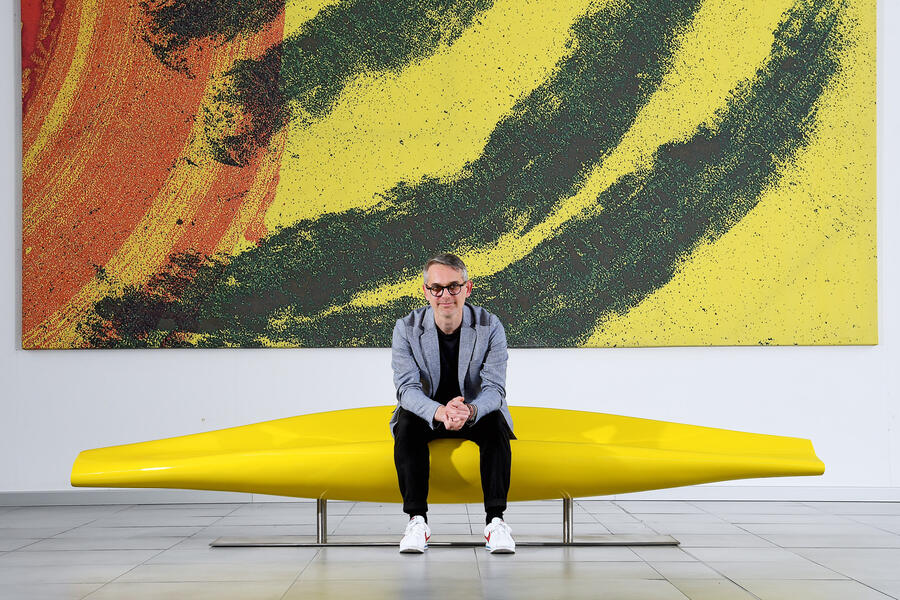
He worked first on the Mk2 Mégane, eventually heading up the design for the model’s third generation. “It was my first experience in a product design company,†says Leboine. “They took me as an artist and taught me what engineering is and how to make things work.â€
During his time at Renault, Leboine led the exterior design studio during the development of the Clio, Captur and Dacia Sandero, before switching to the advanced design studio to work on the likes of the 5 and Renault Morphoz.
After 20 or so years at Renault, Leboine said he didn’t aim to leave for Fiat – “I plan the future of the car industry, but I don’t really plan my future,†he jokes. But when the opportunity arose “it was too interesting to be put to the sideâ€, so once his wife and children had enthusiastically agreed, he made the leap.
As with most designers, Leboine credits the team he works with – and he insists his Autocar Award is as much recognition for them as it is for him.
He says: “We have created a team with a lot of energy. We are limited in number and resources, but they have had the courage to do things they’ve never done before. I had a clear idea of what I wanted, and they did it fast and with professionalism.â€
There’s more to come, too: the Grande Panda was first shown as one of five Panda-based concepts, all of which will go into production in the coming years. There’s also a new Panda itself, along with new versions of the stalwart 500 and other vehicles in its family.
Leboine says there will be “a retro flair†on future products, but he adds: “If you don’t know the past, these products still have to work. We play with pop culture and car culture, and our designs have to work with a new generation that maybe don’t have the codes – they won’t see a retro thing from the past. You can look at a Grande Panda and just see a cool car from today.â€
The Grande Panda has barely hit the showrooms, yet it has already put Fiat in a place it hasn’t occupied for years. “We have opened possibilities, and we changed the image of the brand with one car,†says Leboine. “Suddenly, Fiat is not only the 500; Fiat is fresh. We have really come back to what Fiat should be.â€
